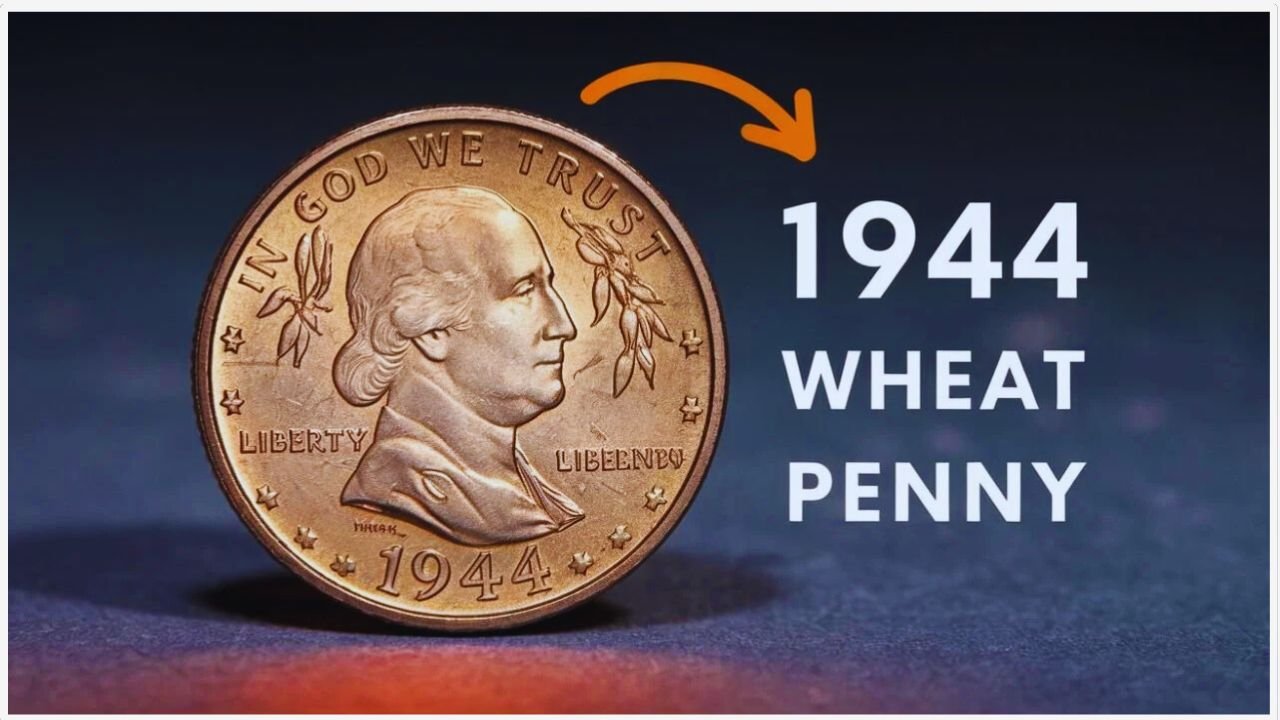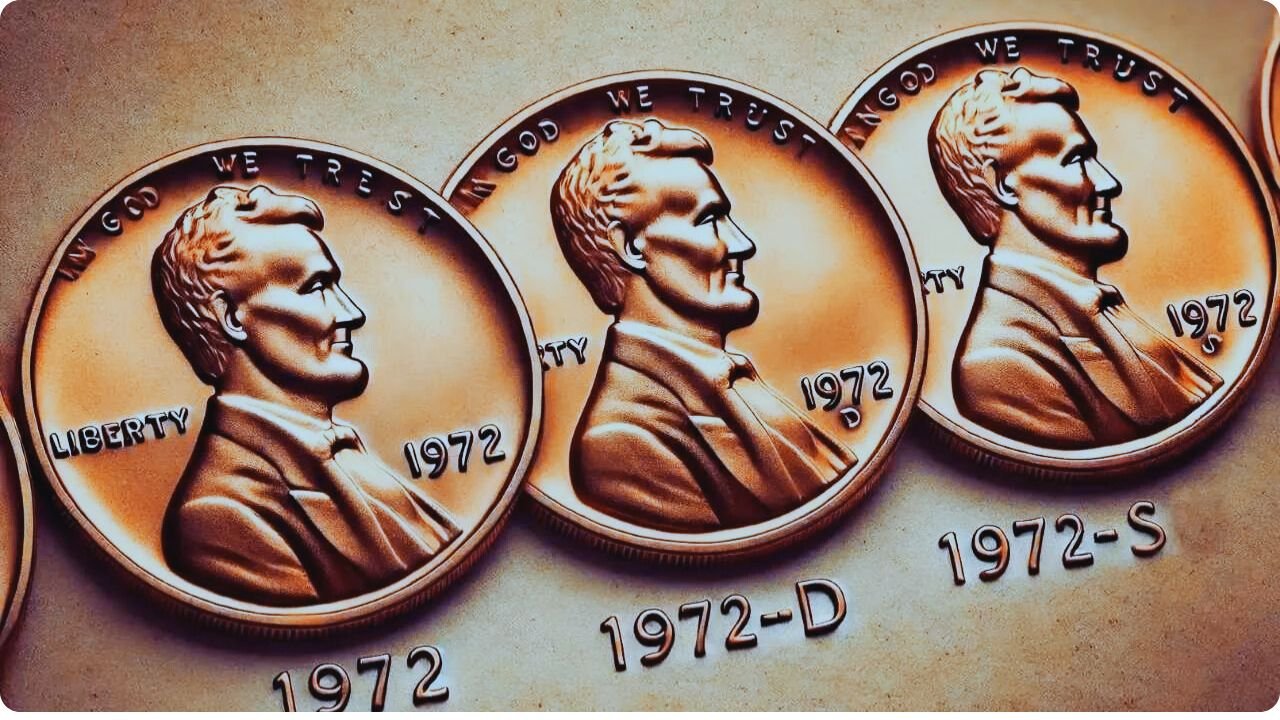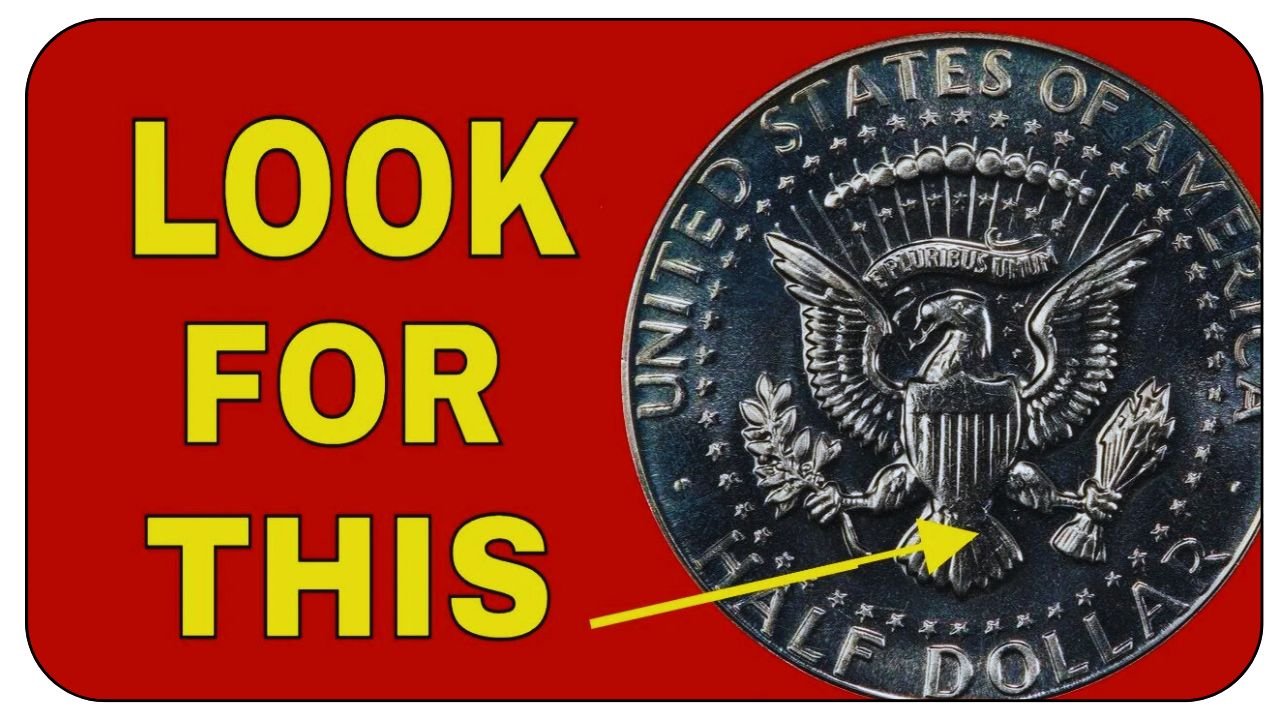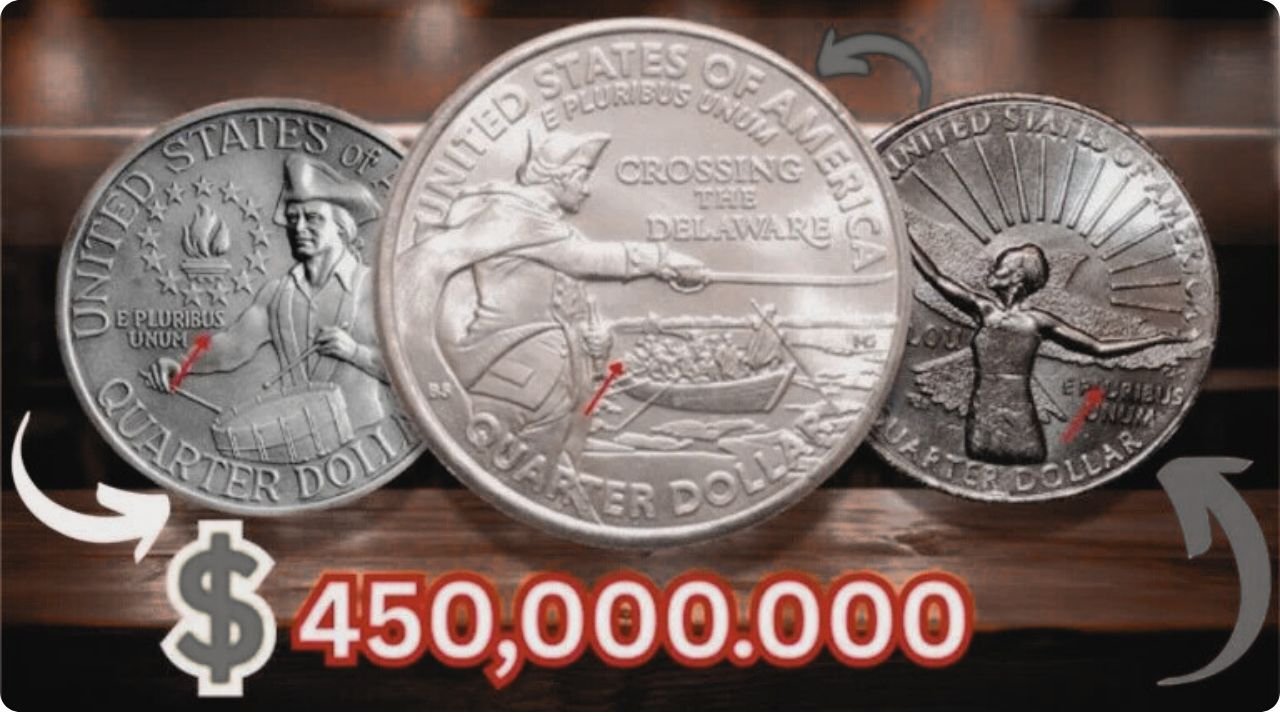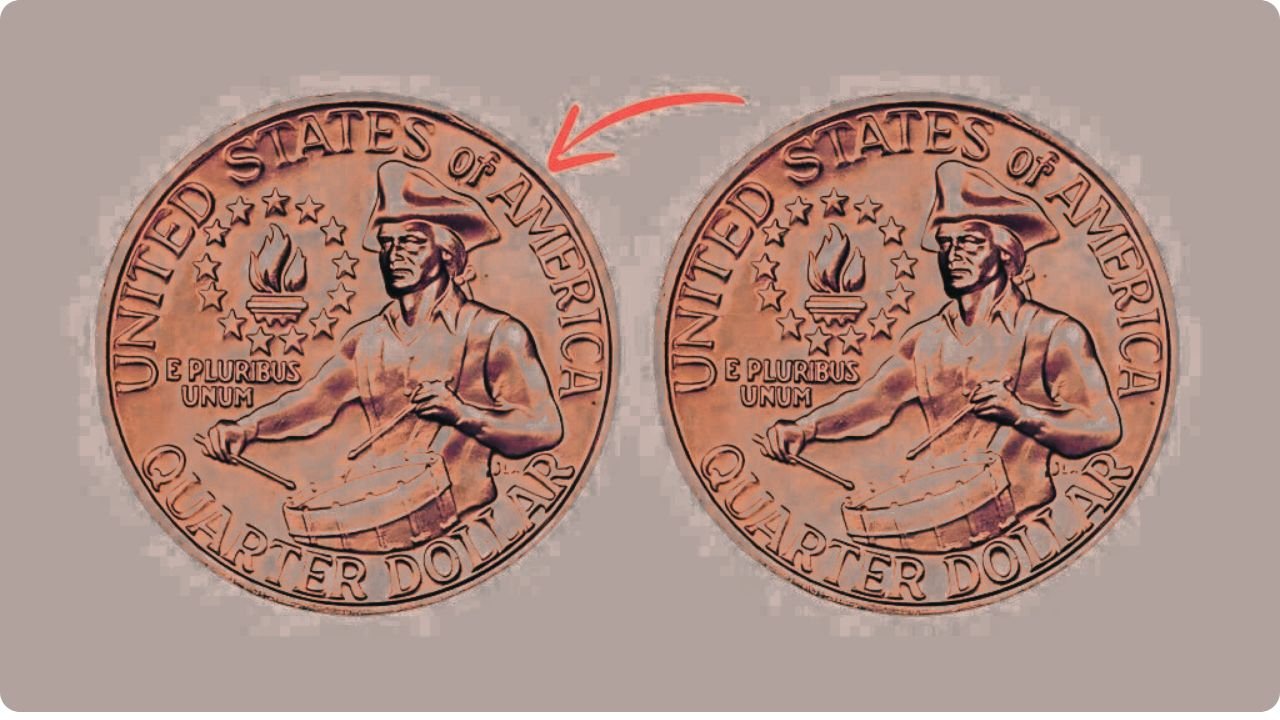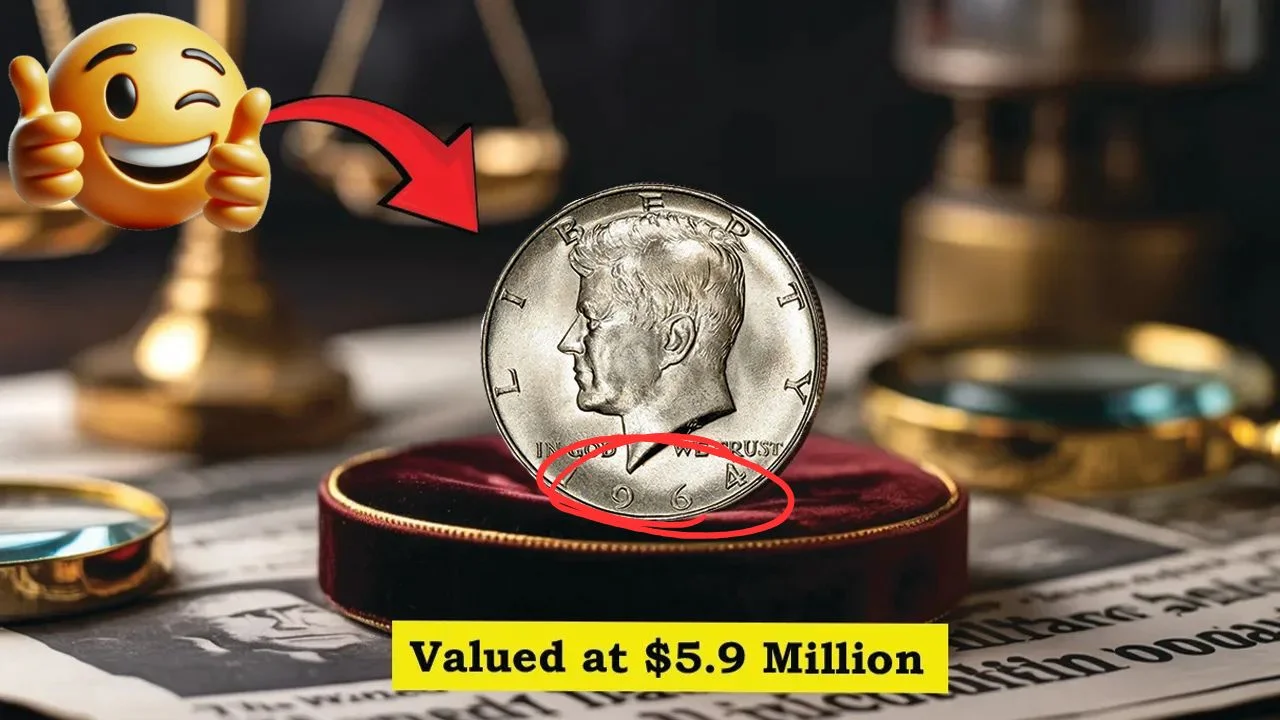Could a small, unassuming penny in your pocket be worth millions? The answer is yes, thanks to a rare wartime mistake. The 1943 bronze Lincoln Wheat Penny, a coin once thought to be a rumor, is now a legendary find for collectors. While one sold for a staggering $1.7 million in 2010, experts believe a pristine version could be worth as much as $5.1 million today. Even more exciting? There’s a chance one might still be hiding in circulation, waiting to be found.
Table of Contents
A Coin Born from a Wartime Mistake
The Lincoln Wheat Penny was introduced in 1909 to commemorate Abraham Lincoln’s 100th birthday. Designed by Victor David Brenner, it was the first U.S. coin to feature a real person. On the front is Lincoln’s portrait, and on the back are two stalks of wheat, which is where the coin gets its name.
The story behind the valuable 1943 penny is rooted in World War II. To save copper for the war effort, the U.S. Mint began making pennies from steel that year. However, a few copper blanks from 1942 were accidentally left in the presses and were stamped with the 1943 date. This error created a handful of super-rare bronze pennies. Only about 20 of these historic coins are known to exist, making them one of the most sought-after numismatic treasures.
Rarity and History Drive Value
So, why is this penny worth so much? Its immense value comes from a perfect combination of rarity, history, and condition. With so few of the 1943 bronze pennies in existence, collectors are willing to pay huge sums to own one. The coin’s direct connection to World War II makes it more than just currency; it’s a tangible piece of American history. If a penny is found in excellent condition, with no wear or scratches, its value skyrockets, making a potential multi-million-dollar find possible.
also read:-Redmi Note 15 Pro 5G: A Mid-Range Beast with a 200MP Camera and 16GB of RAM
How to Spot a Rare 1943 Penny
If you’re ready to start your own treasure hunt, here’s how to check if a penny is the real deal:
- Check the Year: The most important detail is the date, which must be 1943.
- Use a Magnet: A simple magnet is your best tool. The common steel pennies will stick to a magnet, but the valuable bronze ones will not.
- Look at the Color: The bronze pennies have a reddish-brown color, while the steel ones are silver-gray.
- Weigh It: A bronze penny weighs about 3.11 grams, which is noticeably heavier than a steel penny’s 2.7 grams.
- Check Mint Marks: Valuable examples can also have a “D” for Denver or “S” for San Francisco under the date.
If you find a penny that matches these features, do not clean it! Cleaning a coin can ruin its value. Instead, get it authenticated by a professional coin grading service like PCGS or NGC to confirm its legitimacy and worth.
| WhatsApp ग्रुप से जुड़ें |
| Join WhatsApp Group |
The Hunt Continues
The allure of the million-dollar penny is the thrill of the hunt. Since these coins were used as regular money, they could be anywhere—in a wallet, a coffee can full of change, or a forgotten collection. Stories of rare coins being found in everyday places keep the hope alive for many. While the odds are slim, the possibility is enough to encourage a new generation of coin collectors to learn about rare dates, mint marks, and errors. Next time you see a penny, take a closer look—you just might discover a piece of history worth a fortune.
